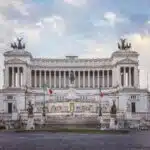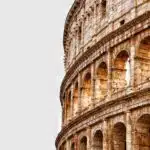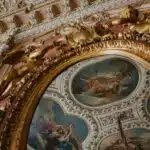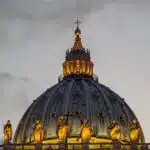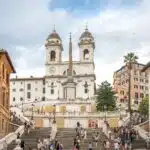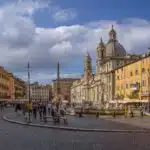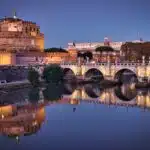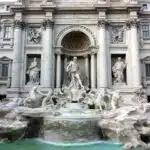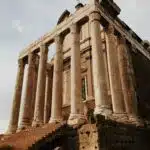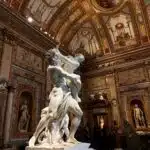The Pantheon is one of Rome’s most remarkable and well-preserved ancient buildings, originally constructed as a temple to all Roman gods. Completed around 126 AD during Emperor Hadrian’s reign, it is renowned for its massive dome, which remains the world’s largest unreinforced concrete dome. The Pantheon’s oculus provides natural light and symbolizes the connection between the temple and the divine.
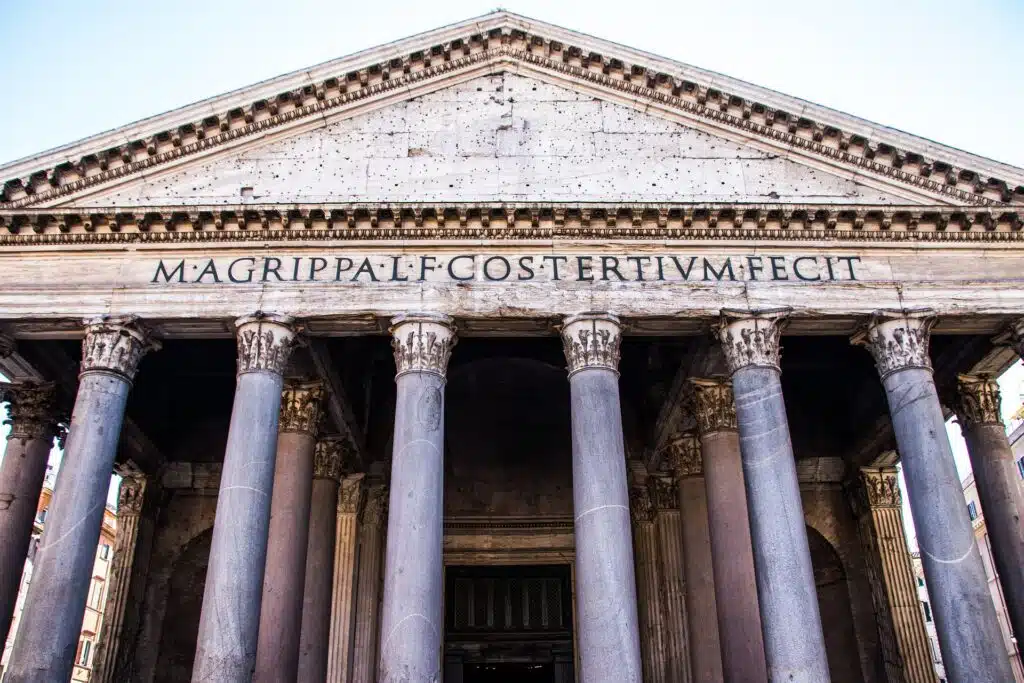
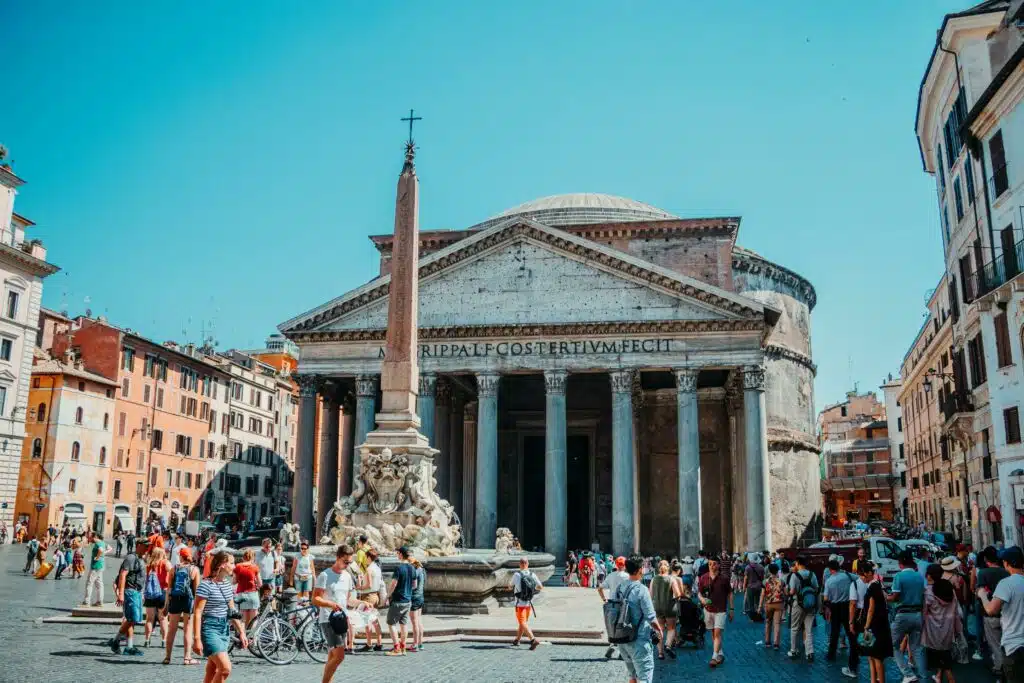
What to see in the pantheon
- The Dome:
- Architectural Marvel: The dome’s impressive design features a central opening (oculus) that illuminates the interior. Its exact diameter is 43.3 meters, matching the building’s height.
- The Oculus:
- Central Opening: This circular opening at the top of the dome allows light to enter and serves as a symbolic connection to the heavens.
- Interior Architecture:
- Marble Floors and Rotunda: The interior features intricate marble floors, an expansive rotunda, and a harmonious design that showcases the grandeur of Roman architecture.
- Tombs:
- Notable Burials: The Pantheon houses the tombs of several prominent figures, including the artist Raphael and Italian kings such as Victor Emmanuel II.
- Portico:
- Grand Entrance: The portico, with its massive Corinthian columns and triangular pediment, provides an impressive entrance to the building.
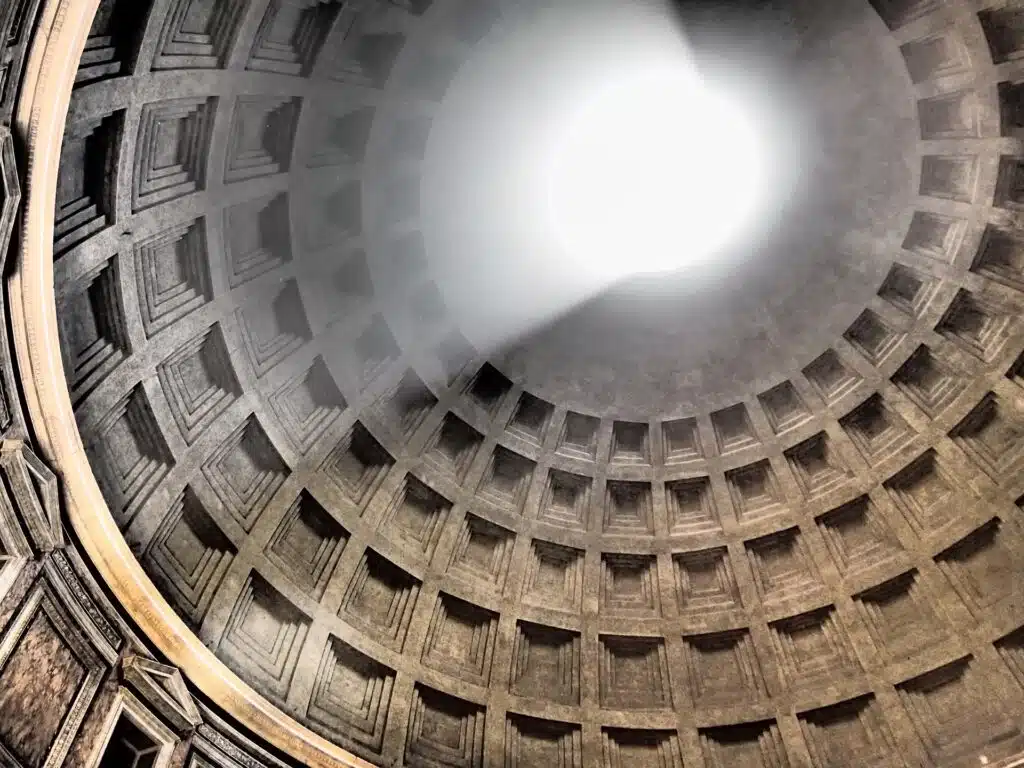

Practical Tips for Your Pantheon Visit
- Free Entry: Admission to the Pantheon is free, but expect lines during peak tourist times.
- Best Time to Visit: Early morning or late afternoon for fewer crowds and better light for photography.
- Respect the Space: As a functioning church (Santa Maria ad Martyres), dress modestly and maintain a respectful demeanor.
- Audio Guides: Consider using an audio guide or joining a tour to enhance your understanding of the Pantheon’s history and architecture.
- Nearby Attractions: Combine your visit with nearby sites like Piazza Navona and the Trevi Fountain.
Interesting Fact
- Religious Significance: The Pantheon was consecrated as a Christian church in 609 AD, which has contributed to its remarkable state of preservation.

